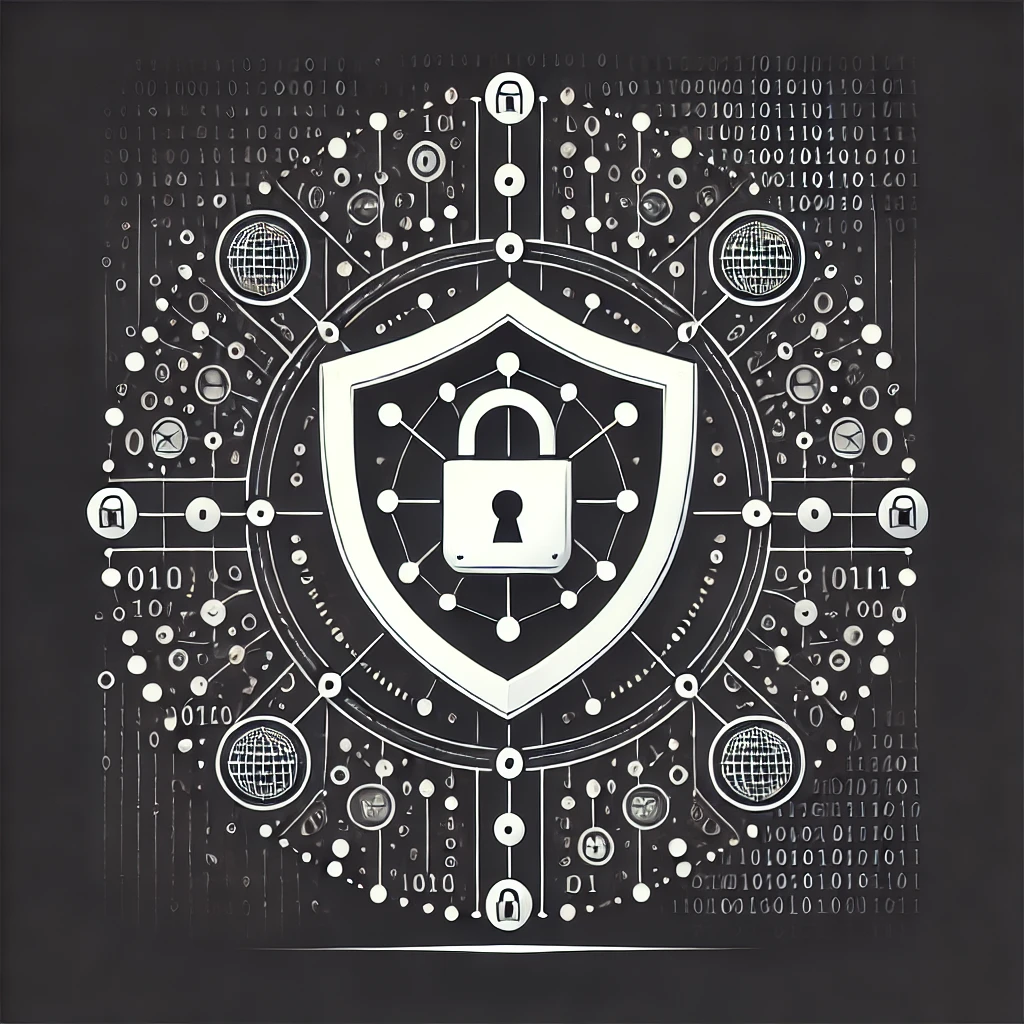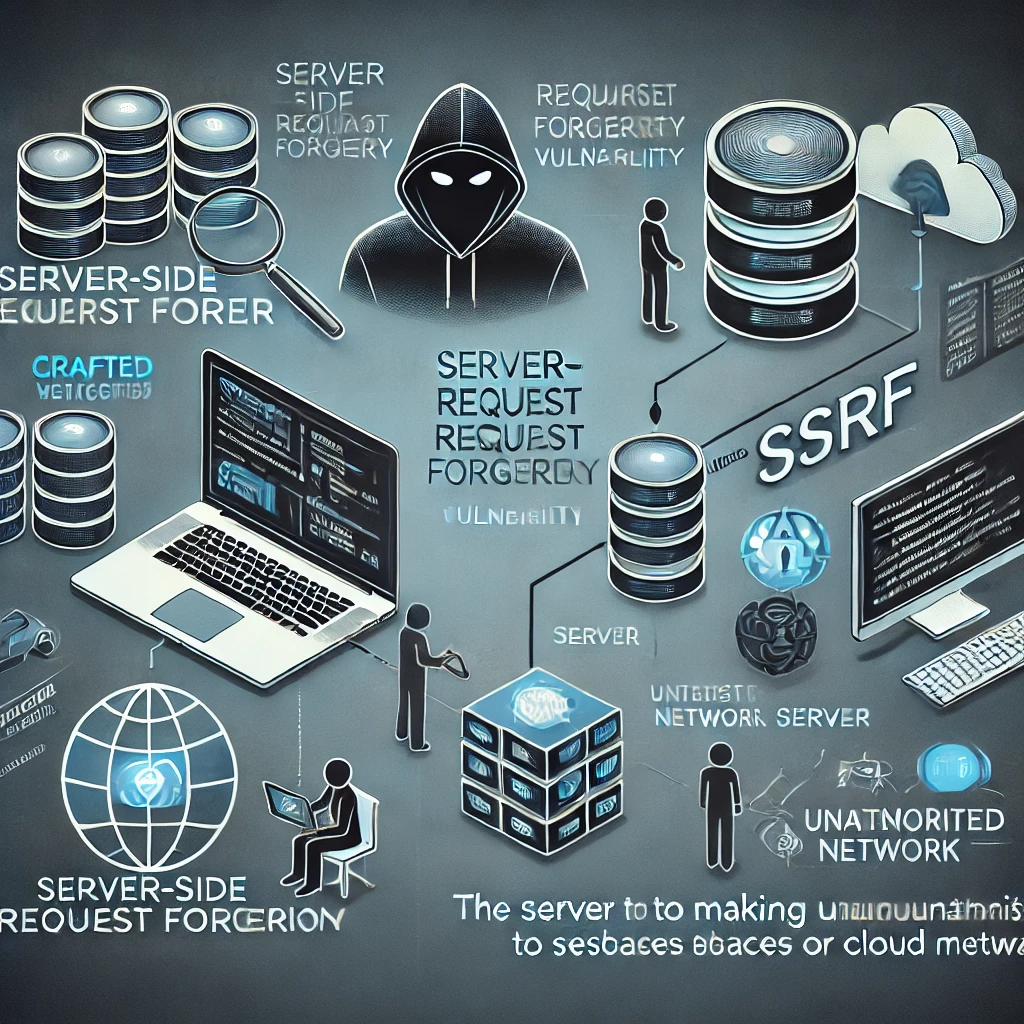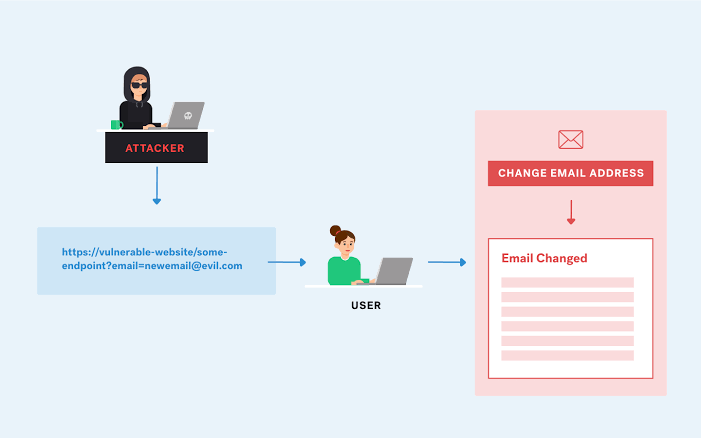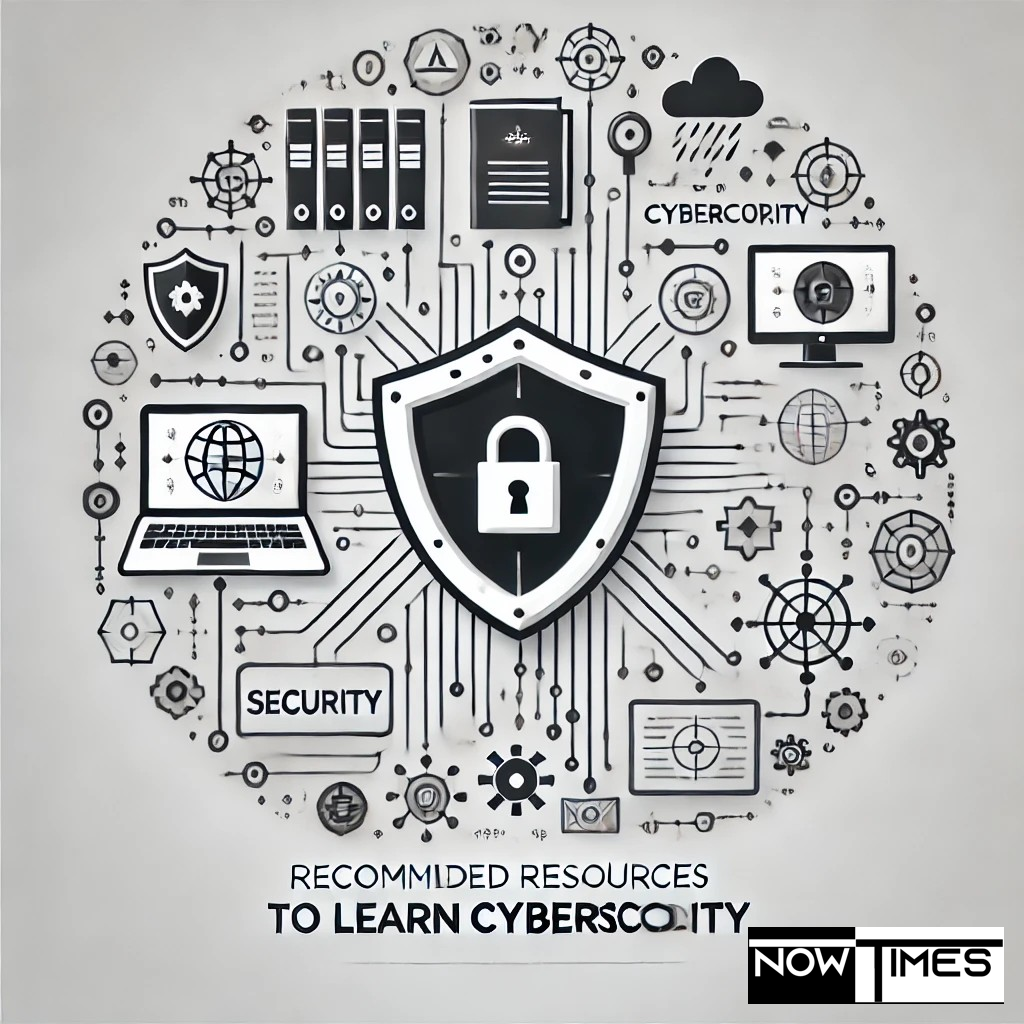Web Security : Safeguarding the Digital World
In today’s interconnected world, web security is more critical than ever. As businesses and

In today’s interconnected world, web security is more critical than ever. As businesses and individuals increasingly rely on the internet for transactions, communication, and information storage, ensuring the safety of web applications, websites, and their users is paramount. This article provides a comprehensive overview of web security, covering its importance, common threats, tools, best practices, and emerging trends.
What is Web Security?
Web security, also known as cybersecurity for web applications, involves the measures and practices designed to protect websites, web applications, and online services from malicious attacks, data breaches, and other cyber threats. It encompasses everything from securing servers and databases to safeguarding user data and ensuring compliance with regulations.
Why is Web Security Important?
-
Protects Sensitive Data: Prevents unauthorized access to personal, financial, and business-critical information.
-
Builds Trust: Ensures users feel secure while interacting with your website or application.
-
Avoids Financial Loss: Prevents downtime, data loss, and legal penalties associated with breaches.
-
Compliance with Regulations: Adheres to data protection laws like GDPR, CCPA, and PCI DSS.
Common Web Security Threats
1. SQL Injection (SQLi)
- Attackers manipulate SQL queries to gain unauthorized access to databases, extracting sensitive information or altering data.
2. Cross-Site Scripting (XSS)
- XSS occurs when attackers inject malicious scripts into web pages viewed by users, enabling data theft or session hijacking.
3. Cross-Site Request Forgery (CSRF)
- This attack tricks users into executing unwanted actions on a trusted website where they are authenticated.
4. DDoS Attacks (Distributed Denial of Service)
- Overwhelms a website or server with excessive traffic, causing it to crash or become unavailable.
5. Man-in-the-Middle (MITM) Attacks
- Intercepts communication between two parties to steal data or inject malicious content.
6. Zero-Day Exploits
- Attacks that target vulnerabilities in software or systems before they are patched.
7. Phishing
- Fraudulent attempts to obtain sensitive information by pretending to be a trusted entity.
Core Principles of Web Security
1. Authentication and Authorization
-
Authentication: Verifies user identity (e.g., passwords, multi-factor authentication).
-
Authorization: Determines user permissions based on roles and policies.
2. Encryption
- Encrypt sensitive data in transit and at rest using protocols like HTTPS and AES.
3. Input Validation
- Validate and sanitize user inputs to prevent injection attacks and data corruption.
4. Secure Session Management
- Use secure cookies, set appropriate expiration times, and protect session IDs from theft.
5. Regular Updates
- Keep software, frameworks, and plugins updated to patch vulnerabilities.
Web Security Tools and Technologies
1. Firewalls
- Web Application Firewalls (WAFs): Block malicious traffic and filter HTTP requests.
Examples: Cloudflare, AWS WAF.
2. Security Scanners
- Tools like OWASP ZAP, Burp Suite, and Nessus detect vulnerabilities in web applications.
3. Content Delivery Networks (CDNs)
- Distribute traffic and mitigate DDoS attacks.
Examples: Akamai, Fastly.
4. SSL/TLS Certificates
- Encrypt data transfer between users and websites.
5. Vulnerability Management Tools
- Automate vulnerability detection and reporting with tools like Qualys and Tenable.
6. Secure Coding Practices
- Follow OWASP Secure Coding Guidelines and use tools like SonarQube for code analysis.
Best Practices for Web Security
-
Use HTTPS: Secure all communications using SSL/TLS certificates.
-
Implement Multi-Factor Authentication (MFA): Add extra layers of security for user access.
-
Encrypt Sensitive Data: Use encryption for passwords, credit card information, and sensitive files.
-
Regularly Audit Security: Conduct penetration tests and vulnerability assessments.
-
Educate Users and Employees: Train them to recognize phishing attempts and follow safe online practices.
-
Limit User Privileges: Follow the principle of least privilege (PoLP) to restrict access.
-
Backup Data Regularly: Maintain secure backups to recover from ransomware attacks or data loss.
Emerging Trends in Web Security
-
Artificial Intelligence (AI) in Cybersecurity: AI-powered tools enhance threat detection and response.
-
Zero-Trust Security Model: Requires strict verification for every access attempt.
-
Blockchain for Security: Provides tamper-proof data storage and identity verification.
-
Bug Bounty Programs: Engages ethical hackers to identify and fix vulnerabilities.
-
IoT Security: Protects connected devices from being exploited as attack vectors.
-
DevSecOps: Integrates security into the development lifecycle for continuous protection.
The Role of Web Security Professionals
Web security professionals play a vital role in safeguarding digital assets. Their responsibilities include:
-
Monitoring Systems: Continuously tracking activity for anomalies.
-
Responding to Incidents: Mitigating and recovering from attacks.
-
Implementing Security Measures: Developing and enforcing security policies.
-
Educating Stakeholders: Promoting a culture of security awareness.
Conclusion
Web security is a fundamental aspect of the digital ecosystem. As cyber threats evolve, so must the strategies and technologies we use to defend against them. By adopting robust security practices, leveraging modern tools, and staying informed about emerging trends, organizations and individuals can protect their data, reputation, and users from harm.
Investing in web security is not just a necessity—it’s a commitment to building a safer and more trustworthy internet for everyone.
Leave a Comment
Releted Articles

Understanding Digital Forensics
Digital forensics is a vital field that combines technical skills and investigative techniques to solve cybercrimes and secure digital evidence

Understanding SSRF Vulnerability: A Complete Guide
SSRF is a critical vulnerability that can compromise internal systems and expose sensitive data.

Cross-Site Request Forgery (CSRF): A Comprehensive Guide
Cross-Site Request Forgery is a serious vulnerability that can compromise the security of web applications

The Ultimate Guide to SQL Injection (SQLi)
SQL Injection remains a significant threat to web application security.

Top Recommended Resources to Learn Cybersecurity
Cybersecurity is a dynamic and rewarding field, but mastering it requires dedication and access to the right resources.

Understanding Cross-Site Scripting (XSS): A Critical Web Vulnerability
Cross-Site Scripting is a significant threat to web security, capable of causing severe damage to both users and businesses.

Cybersecurity Roadmap for 2025: A Step-by-Step Guide to Success
Cybersecurity is a rapidly evolving field that demands continuous learning to stay ahead of






0 comments
There is no any command yet!